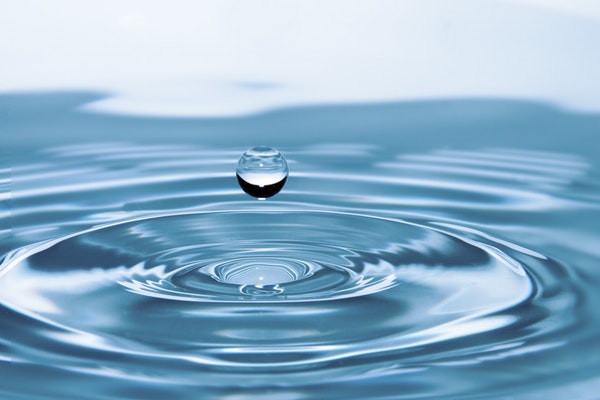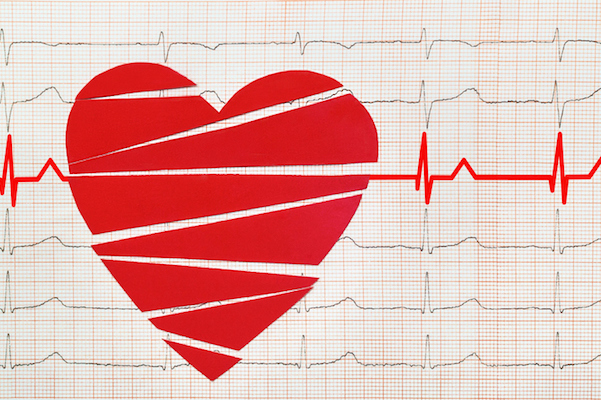
Harmful UV Rays – The Effects of Sunlight on the Eyes
The right amount of sunlight is a powerful asset to our overall health, but getting too much sun can be harmful
The harmful effects of UV rays can pose a problem any time of year (even in winter). That said, right now is as good a time as any to explain how our eyes can be affected.
When dealing with this issue, let’s keep in mind that the right amount of sunlight is a powerful asset to our overall health. But getting too much sun can be harmful (to say the least).
According to the American Cancer Society (ACS), “exposure to UV radiation is a major risk factor for most skin cancers. Sunlight is the main source of UV rays (along with tanning beds and lamps). People who get a lot of UV exposure from these sources are at greater risk for skin cancer.”
The ACS also says, “Even though UV rays make up only a very small portion of the sun’s rays, they are the main cause of the sun’s damaging effects on the skin. UV rays damage the DNA of skin cells. Skin cancers start when this damage affects the DNA of genes that control skin cell growth.”
Effects of UV Rays on the Eyes:
From everything I can tell, more and more people are taking UV protection seriously when it comes to their skin. Don’t get me wrong, taking care of your skin is a great idea, but our eyes are just as sensitive to sunlight (if not more).
A recent study reported that seventy-five percent of people are worried about damage to their eyes from UV rays, but only thirty-one percent are actually doing something about it.
Logically speaking, I believe some of this negligent behavior can be attributed to unpredictable weather patterns in places such as the northeast or the midwest (USA). If you live in warm places like Florida or California, chances are you carry your sunglasses all the time. But in unpredictable climates, it can be cloudy for several days at a time, and then the sun comes out when you least expect it. And when you reach for your sunglasses and they’re not there because you thought it was a cloudy day.
Moreover, since many people rely on weather apps, or even a quick look out the window, it can be hard to get a handle on the weather pattern for any given day. An easy solution to this problem is to make your sunglasses a permanent accessory. Just like you take your wallet, keys, and cell phone wherever you go, your sunglasses should always be with you as well.
Harmful effects of UV rays on the eyes include the following diseases:
- Cataracts – yellowing of the lens of the eye, which leads to blurry vision and ultimately can require surgery
- Pinguecula – Yellowish growth on the conjunctiva
- Pterygium – Pinkish growth on the conjunctiva and cornea, which can impair vision (also called surfer’s eye)
- Photokeratitis – very painful sunburn of the cornea
- Basal cell carcinoma – cancerous lesion most commonly on the eyelid
- Squamous cell carcinoma – cancerous lesion most commonly on the eyelid
- Melanoma – typically pigmented, growing lesion, cancerous
As worrisome as these diseases sound, each one of them can be slowed (or prevented altogether) by simply wearing sunglasses. They can also be treated if sun damage has occurred already. Like most other complications, early detection is key.
Live in Your OcularPrime:
To give your eyes maximum protection against harmful UV rays, you should always wear your sunglasses when outdoors. If this isn’t possible, try your best to wear them at least between 12 noon and 2PM because this is when the sun is the strongest.
When picking out sunglasses, you want to find a pair that blocks 99 to 100 percent of both UVA and UVB rays (UVB rays are less prevalent, but more harmful than UVA rays). Personally, I prefer polarized lenses because they reduce glare and give maximum protection.
It’s also possible that your sunglasses may not block UV rays even though the lenses are dark. If this is the case, it may actually be doing more harm than good. If you’re unsure about the UV blocking capabilities of your sunglasses, most eye care practitioners will be happy to check them for you.
Lastly, always make sure your children are protected. A significant amount of UV damage can occur as a result of excessive exposure under the age of 21.
In my next post, I’ll recommend a few different types of sunglasses. This will help you make a more informed decision when purchasing a pair. It will also help you combat the harmful effects of UV rays on the eyes.







